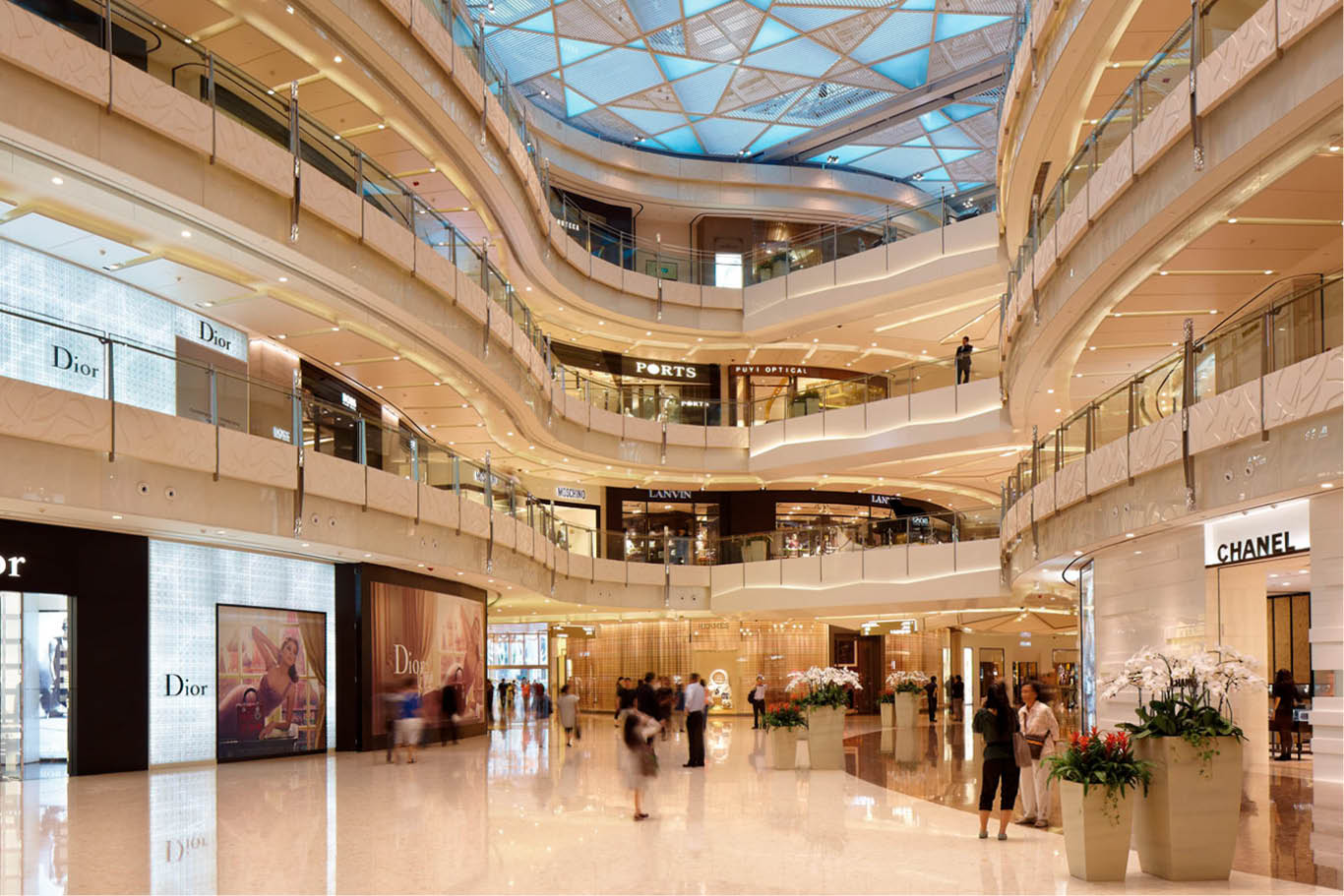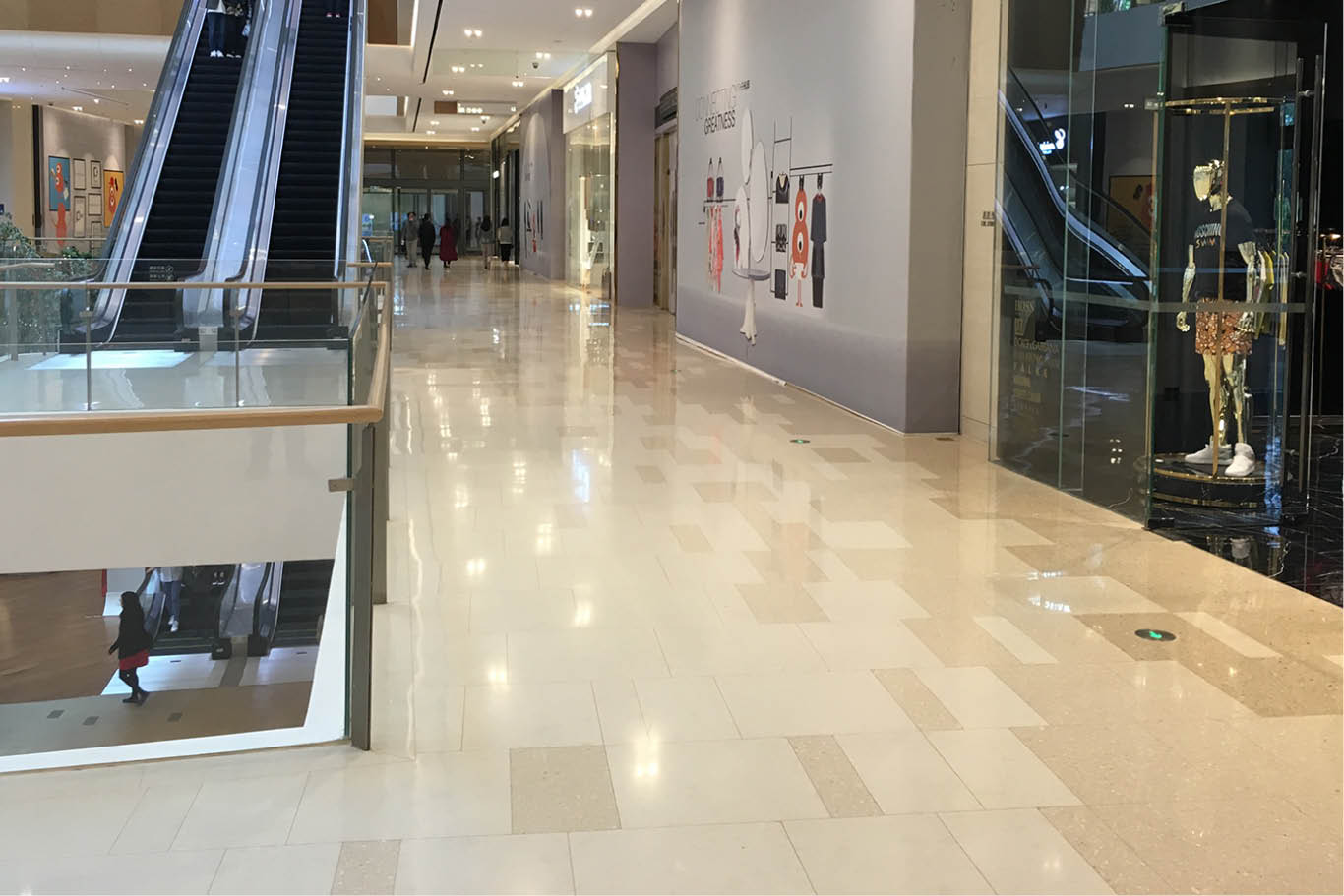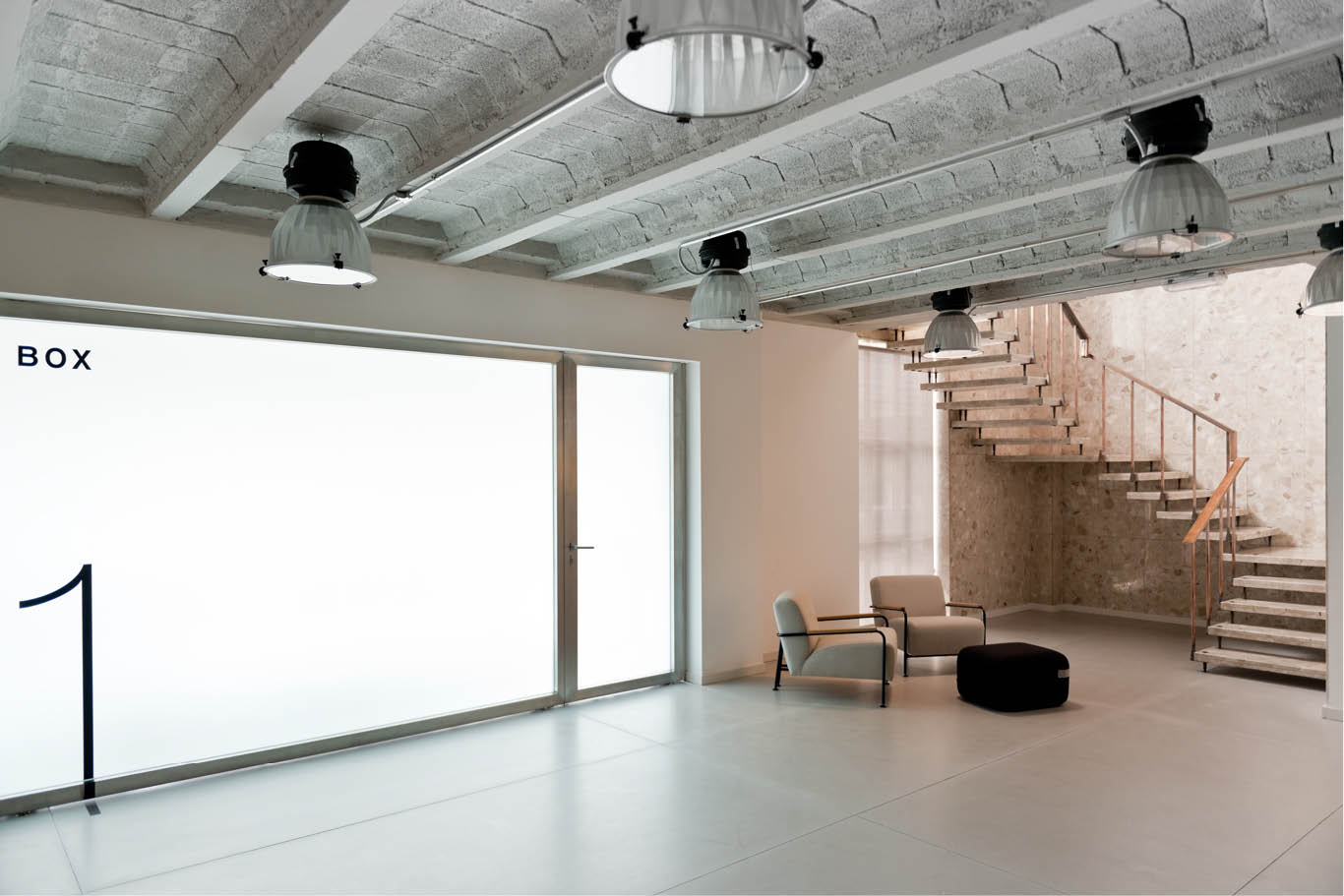
Compac marble in an Asian mall
Building design has to take into account a huge number of technical variables and social, urban and geographical contexts. In the latter, there is a very specific threat that could greatly jeopardise the essence of much of architecture and art in creating a work that stands the test of time: earthquakes.
The World Health Organization (WHO) includes the creation of ‘earthquake-proof building codes and guidelines’ as an essential prevention in its mitigation measures for earthquakes. These catastrophes can lead to huge losses of human life, social and economic collapse, and the subsequent need for comprehensive regeneration of urban spaces. In this sense, architecture and materials design have a great responsibility for limiting damage. Moreover, the WHO vulnerability factors include settlements in areas of seismic activity, having unfit regulations for construction, a high density of high-occupancy buildings, and the lack of alarm and awareness systems for local populations.
A clear example of a country continuously impacted by major earthquakes is Japan, which in 2011 suffered the largest disaster of this type twinned with a terrible tidal wave that affected its nuclear power stations. Over 15,000 people lost their life in this cataclysm. This is a terrible extreme of the impact an earthquake can have on a population. In the West too, the images of Japanese offices shaking like paper shown across news bulletins are etched into the collective imagination. And although these images spread virally due to their impact and curiosity, what they show are how the country has spent decades adapting to these unexpected hits. Buildings do not collapse but rather move flexibly. The reason for this is that Japan set out a specific set of regulations in the 1950s, later revised, as well as certification for which materials can be used.

Pavement made with COMPAC marble
COMPAC The Surfaces Company has experience in this area, with over twenty projects in Japan having used the company’s different marble collections in, for example, apartment blocks, Narita International Airport, the University of Teikyo, Yokohama Hospital and several shopping centres. The key to marble being a suitable material for buildings that could be affected by seismic activity is its four inherent standout characteristics: its slimness, lack of internal cracks, lightness and, especially, its flexibility. When using materials in areas with high seismic activity, marble is ideal thanks to its capacity to tolerate the twisting movements of the earth, adapting naturally to the different pressures throughout the structure. This is a key element so that, for example, large slabs of the material do not collapse from façades and fall onto the street. Although the most striking image of an earthquake may be a total building collapse, when seismic activity occurs lots of material can come away or pieces of a building can hit against façades. In this regard, marble’s high resistance to being struck and ability to withstand cracking are also standout features.

